European Commission President Ursula von der Leyen has called for the creation of a “drone wall” to safeguard the EU’s eastern border, following reports that around 20 Russian drones entered Polish airspace last month. The appeal came amid fresh drone-related disruptions at airports in Denmark and Germany, highlighting Europe’s urgent need to strengthen its air defence systems.
However, the proposal remains uncertain. According to officials and diplomats familiar with internal EU talks, the “drone wall” idea is still evolving. European Defence Commissioner Andrius Kubilius, who is leading the initiative, admitted that current EU capabilities are limited and said Ukrainian expertise, developed over four years of countering Russian drones, would be essential.
The project tests the EU’s ambition to take a bigger role in defence, an area traditionally dominated by national governments and NATO, while also addressing US President Donald Trump’s demand for Europe to shoulder more responsibility for its own security.
The European Commission has been working to convince southern and western governments that the plan should cover the entire continent, not just the eastern frontier. Yet internal power struggles persist, with France and Germany reluctant to hand control of major defence projects to the Commission.
Some EU officials also object to the name “drone wall,” arguing it gives a false sense of absolute protection. To broaden support, the Commission is now rebranding the project as the European Drone Defence Initiative, shifting from a border-focused system to a continent-wide network of sensors, jammers, and weapons. The initiative, expected to be unveiled in a new defence roadmap on Thursday, could bring major contracts for European defence firms. Still, experts warn that without wide government backing, EU funding will be difficult to secure.
Tensions over control and cost
The concept was initially proposed last year by Baltic nations, Poland, and Finland, which applied for EU funding to deploy sensors and drones to combat people smuggling. The idea gained urgency after Ukraine shared its drone-defence experience with EU leaders earlier this year and following the Russian drone incursion into Poland on September 9. The episode exposed the bloc’s unpreparedness, as NATO had to respond using costly F-35 and F-16 jets, helicopters, and Patriot systems against inexpensive Gerbera drones based on Iranian Shahed models.
“A 10,000-euro drone shot down with a million-euro missile, that’s not sustainable,” Kubilius said at a defence conference in Brussels.
Smaller EU nations support a coordinated approach under the Commission, but France and Germany prefer to retain national control. Neither French President Emmanuel Macron nor German Chancellor Friedrich Merz has endorsed the plan, with Macron warning that the drone threat is “more sophisticated” than a simple wall suggests.
Impact Shorts
More ShortsThe project could access the EU’s 150 billion euro SAFE loans scheme if approved as a European Defence Project of Common Interest, but the final decision on who runs it, states, the Commission, or a joint body, remains unsettled.
Drawing lessons from Ukraine, proposed defences would use cameras, acoustic sensors, specialist radars, and radio-frequency detectors. Weapons could include machine guns, cannons, rockets, interceptor drones, jammers, and lasers. Artificial Intelligence already plays a growing role in identifying and targeting drones.
Defence experts note that rapid technological change demands constant updates. “There is no single technology silver bullet,” said Dominic Surano of Nordic Air Defence.
Industry players such as Rheinmetall, Alpine Eagle, and Quantum Systems are eager to join, presenting their own layered defence concepts. Rheinmetall has received new orders for its mobile Skyranger system from Germany, Denmark, Hungary, and Austria. Some executives say the EU project could be operational within a year if political will exists, while others, like German Defence Minister Boris Pistorius, believe it could take at least three or four years.
As Camille Grand of the European Aerospace, Security and Defence Industries Association noted, success will depend on coordination: “The EU and NATO need to work hand in glove on this one.”
(With agency inputs)


)

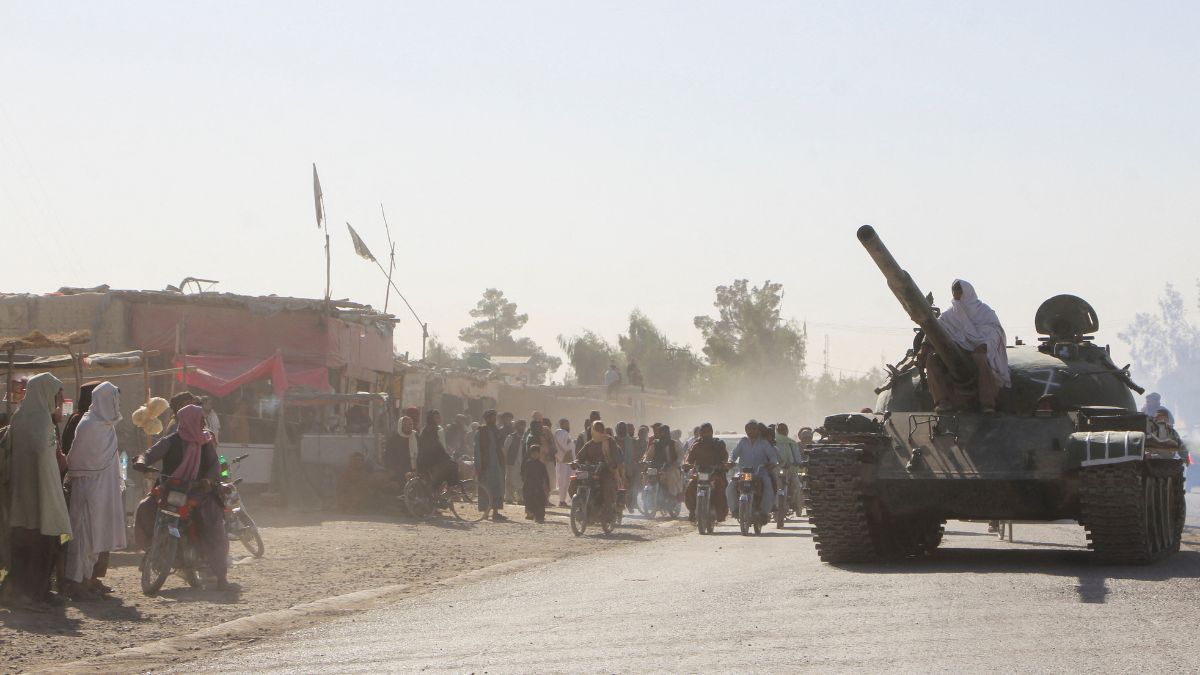)
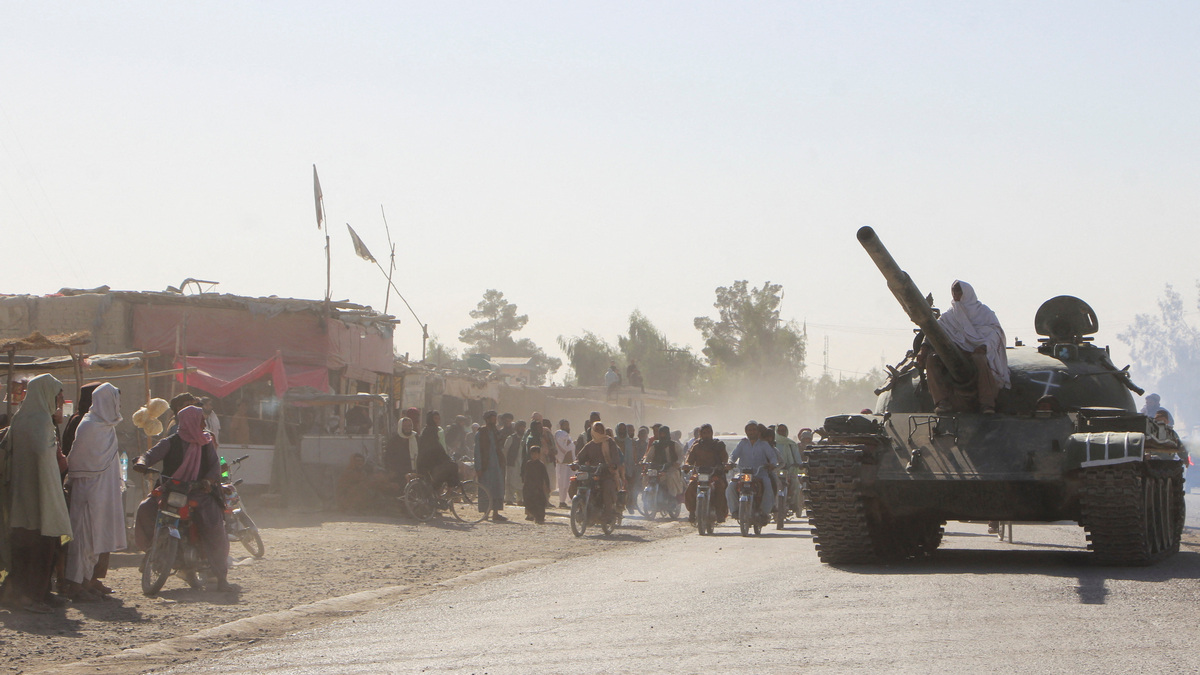)
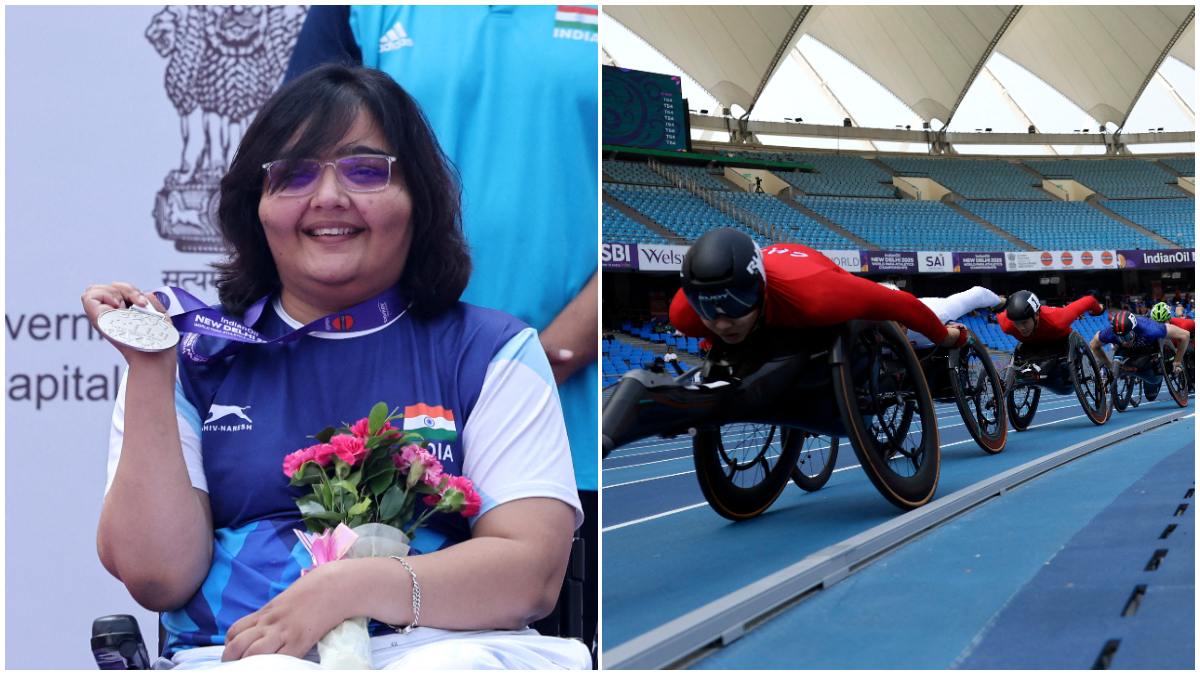)
)
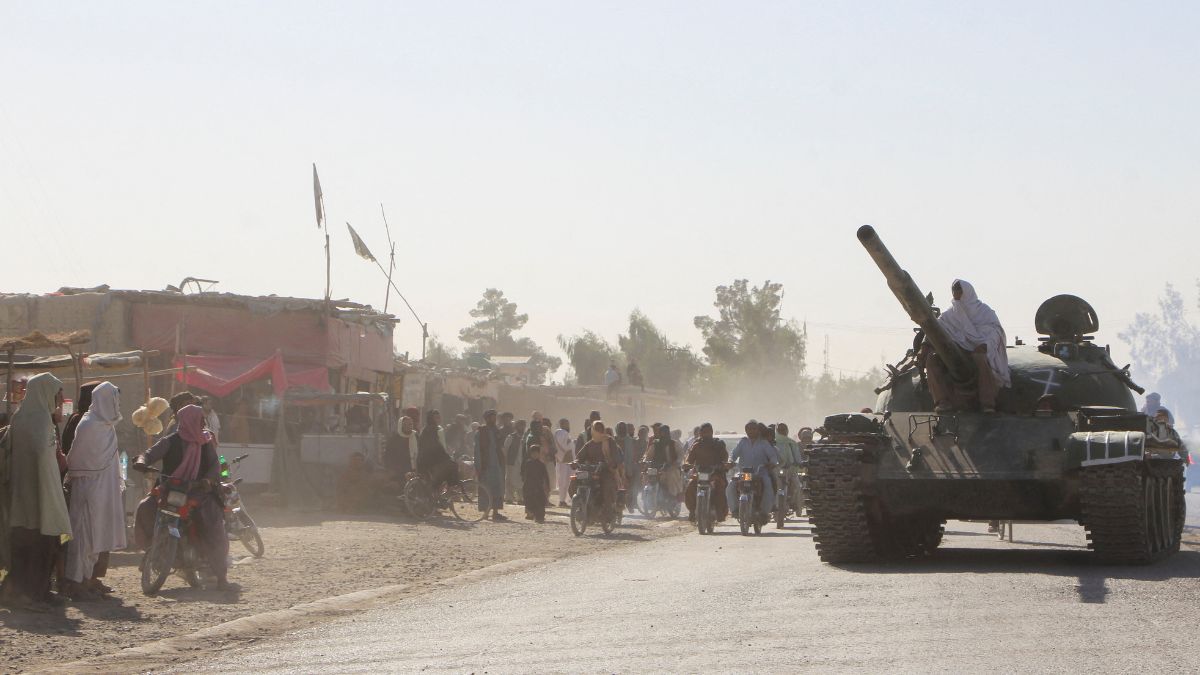)
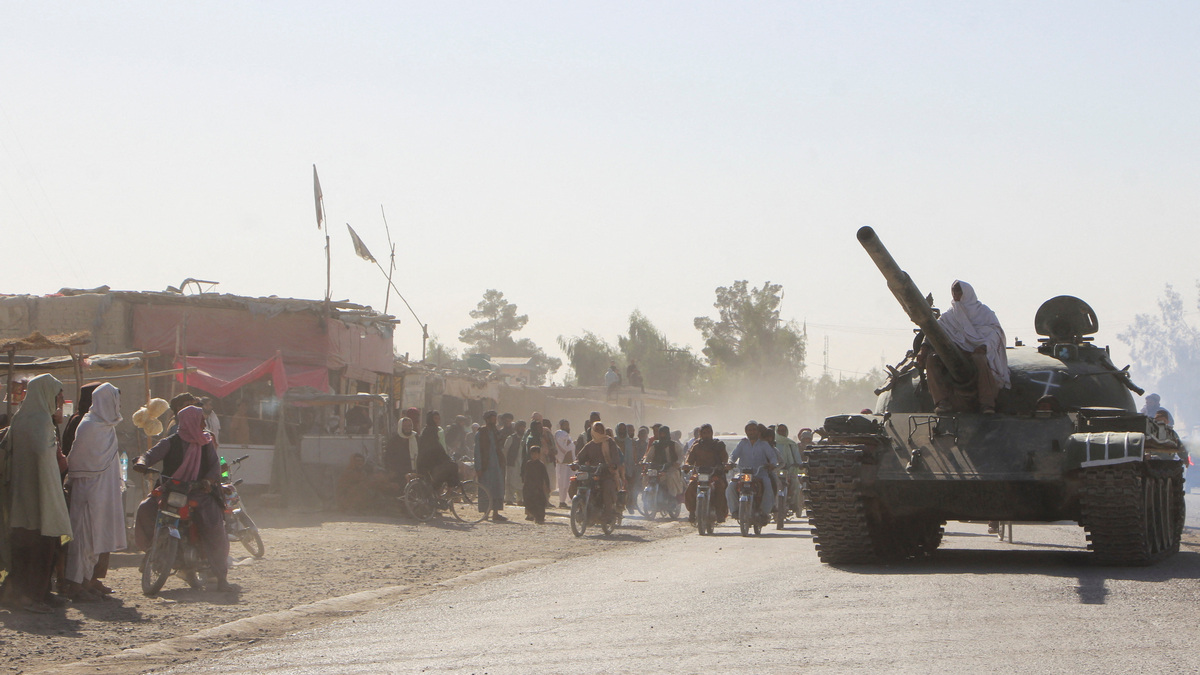)
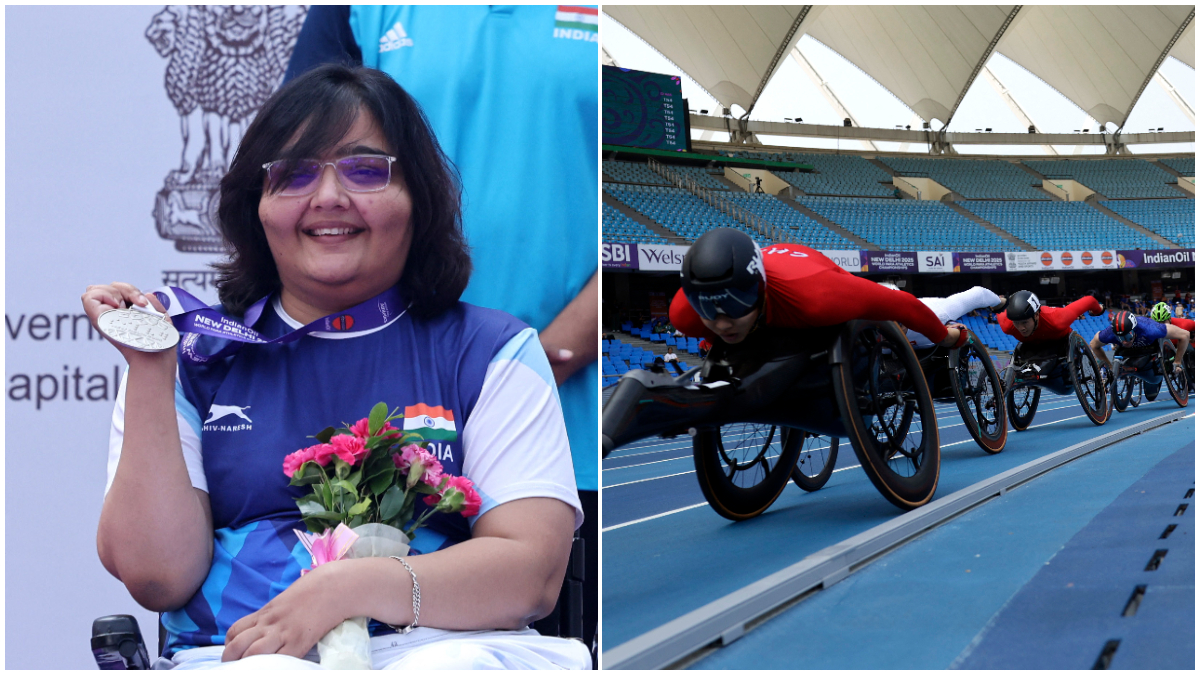)
)



